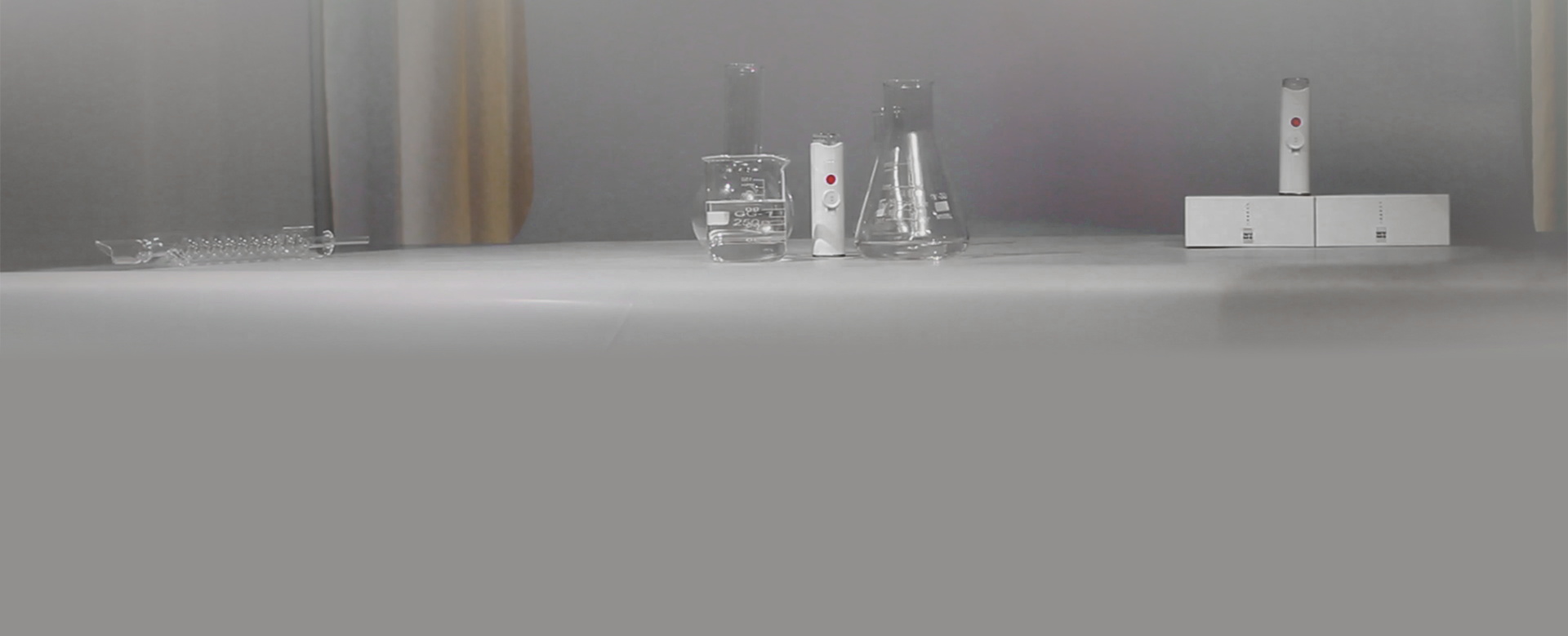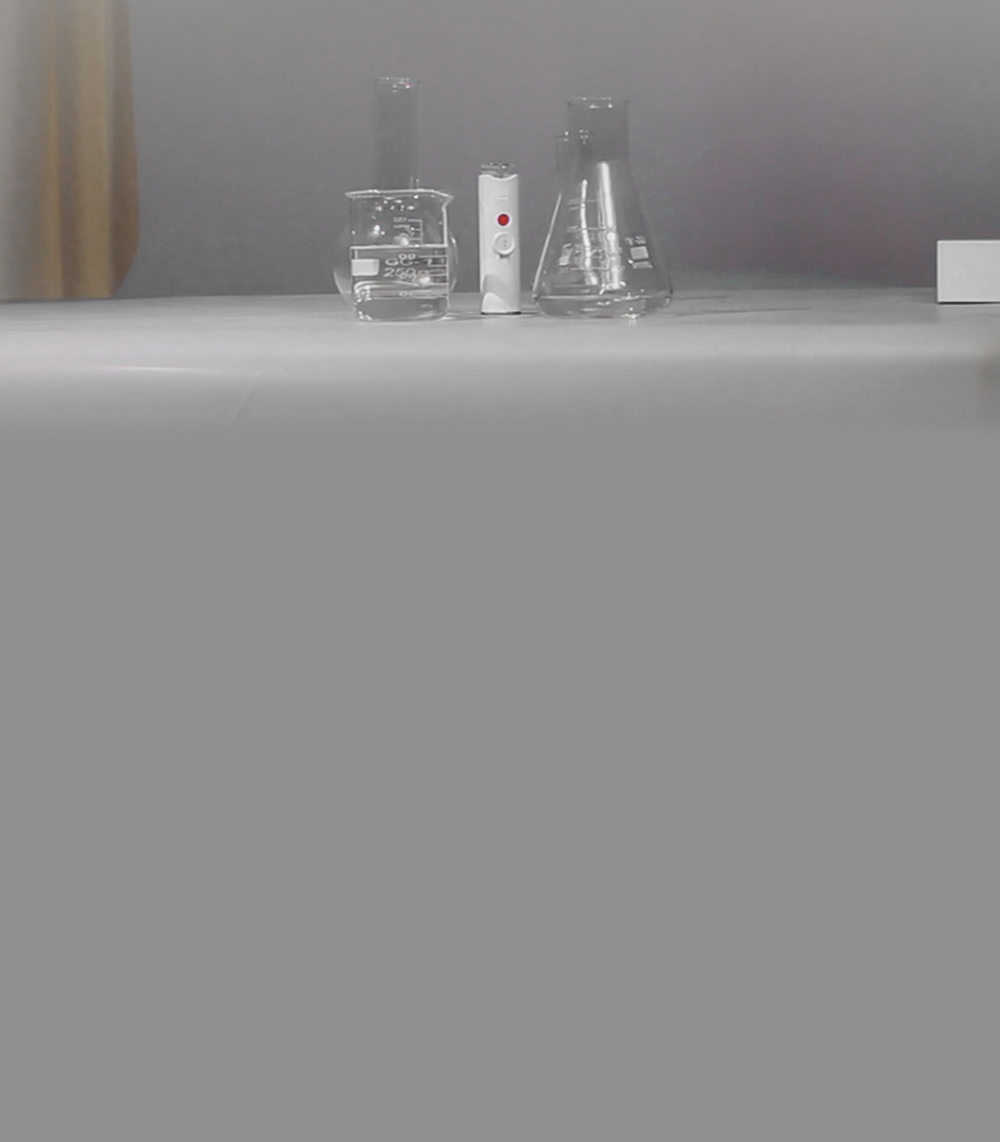Traditional eye drops face a frustrating paradox - while 70% of ocular conditions require topical treatment, studies show less than 5% of the drug actually penetrates the cornea. The remaining 95% either:
Spills onto the cheeks
Enters systemic circulation (potentially causing side effects)
Is blinked away before absorption
Pharmaceutical researchers have discovered that ultrasonic atomization can increase drug bioavailability by 3-5 times through:
1. Particle Size OptimizationCreating 3-5 micron droplets that perfectly match corneal absorption thresholds
2. Charge EngineeringApplying slight positive charges to help nanoparticles penetrate the tear film's negative charge
3. Pulsatile ReleaseProgrammable misters can deliver timed bursts to maintain therapeutic levels
Glaucoma Treatment:
Pilocarpine absorption increased 400% in trials
Allows for lower dosages (reducing side effects)
Antibiotic Delivery:
Complete corneal coverage prevents "dead zones"
Enhances treatment of stubborn ulcers
Gene Therapy:
Gentle enough for delicate RNA payloads
Achieves 85% transfection efficiency in animal models
While promising, hurdles remain:
FDA approval pathways for new delivery systems
Stability testing for vibration-sensitive biologics
Cost barriers for widespread adoption
Major pharma companies are investing heavily, predicting that 40% of topical eye meds will use ultrasonic delivery by 2030. Next-gen prototypes feature: ✔ AI-powered dosing adjustment ✔ Wireless connectivity for remote monitoring ✔ Multi-drug cartridges
"Ultrasonic drug delivery isn't just improving existing medications—it's enabling treatments we previously thought impossible, turning the eye from a pharmacological challenge into an accessible gateway."

